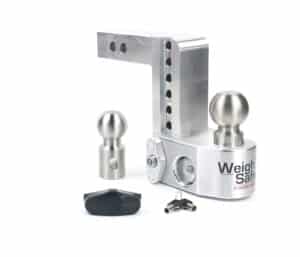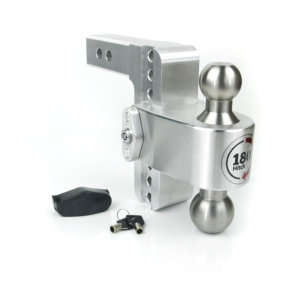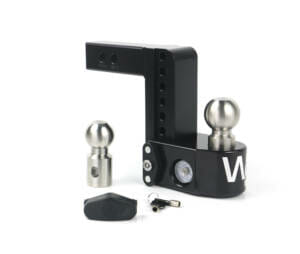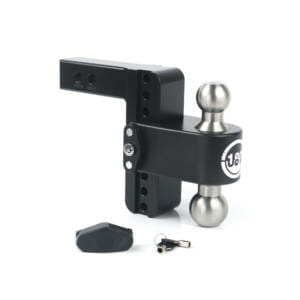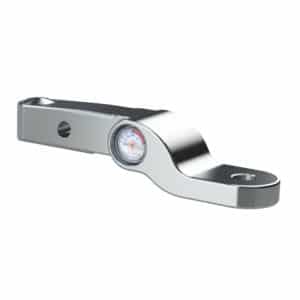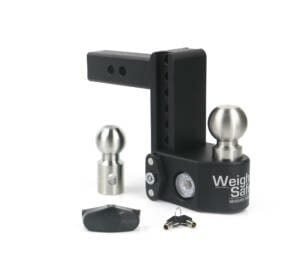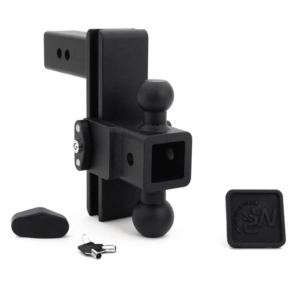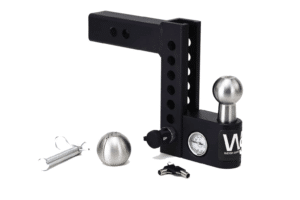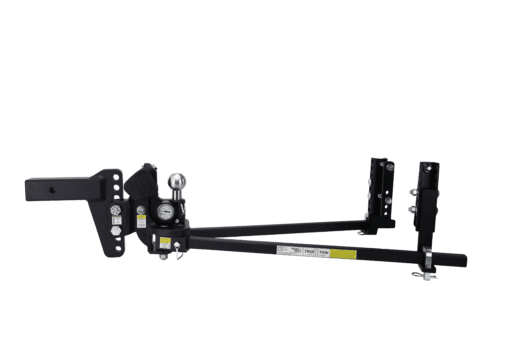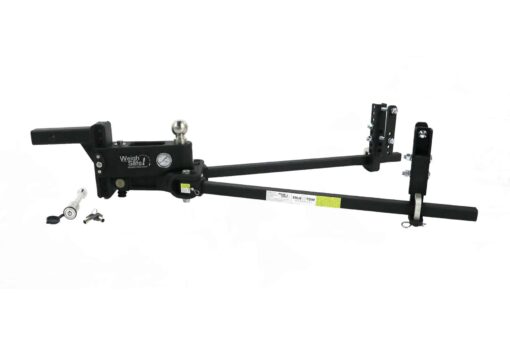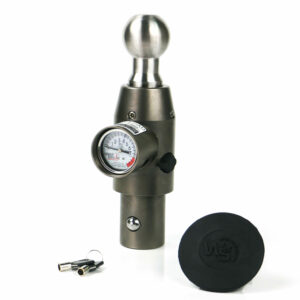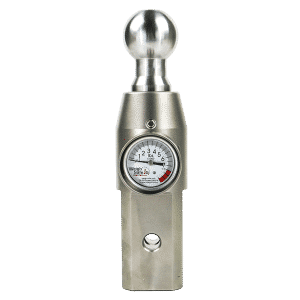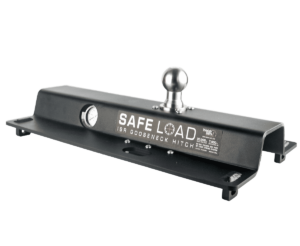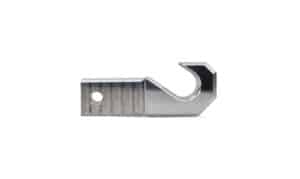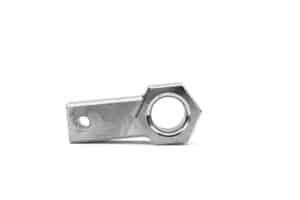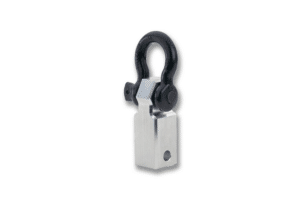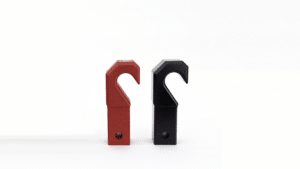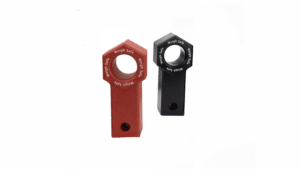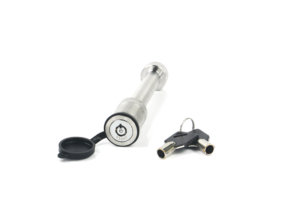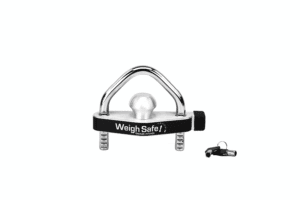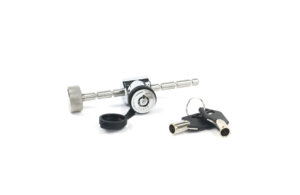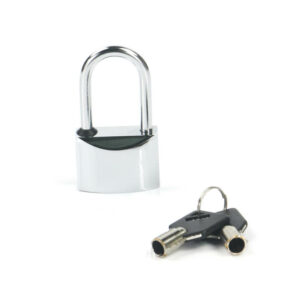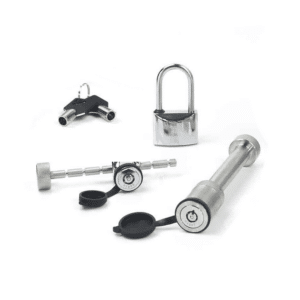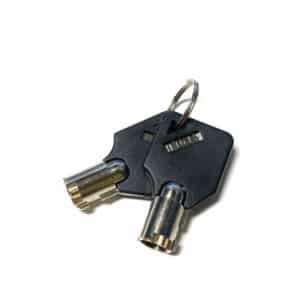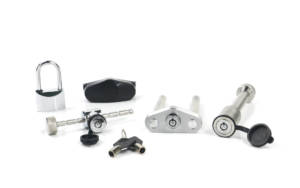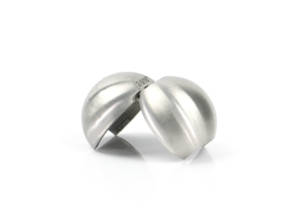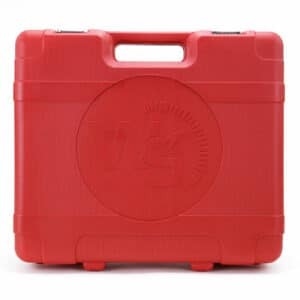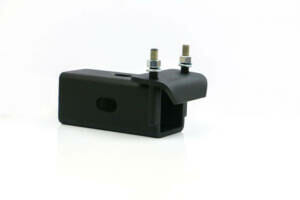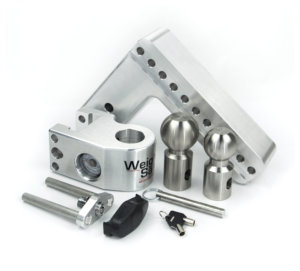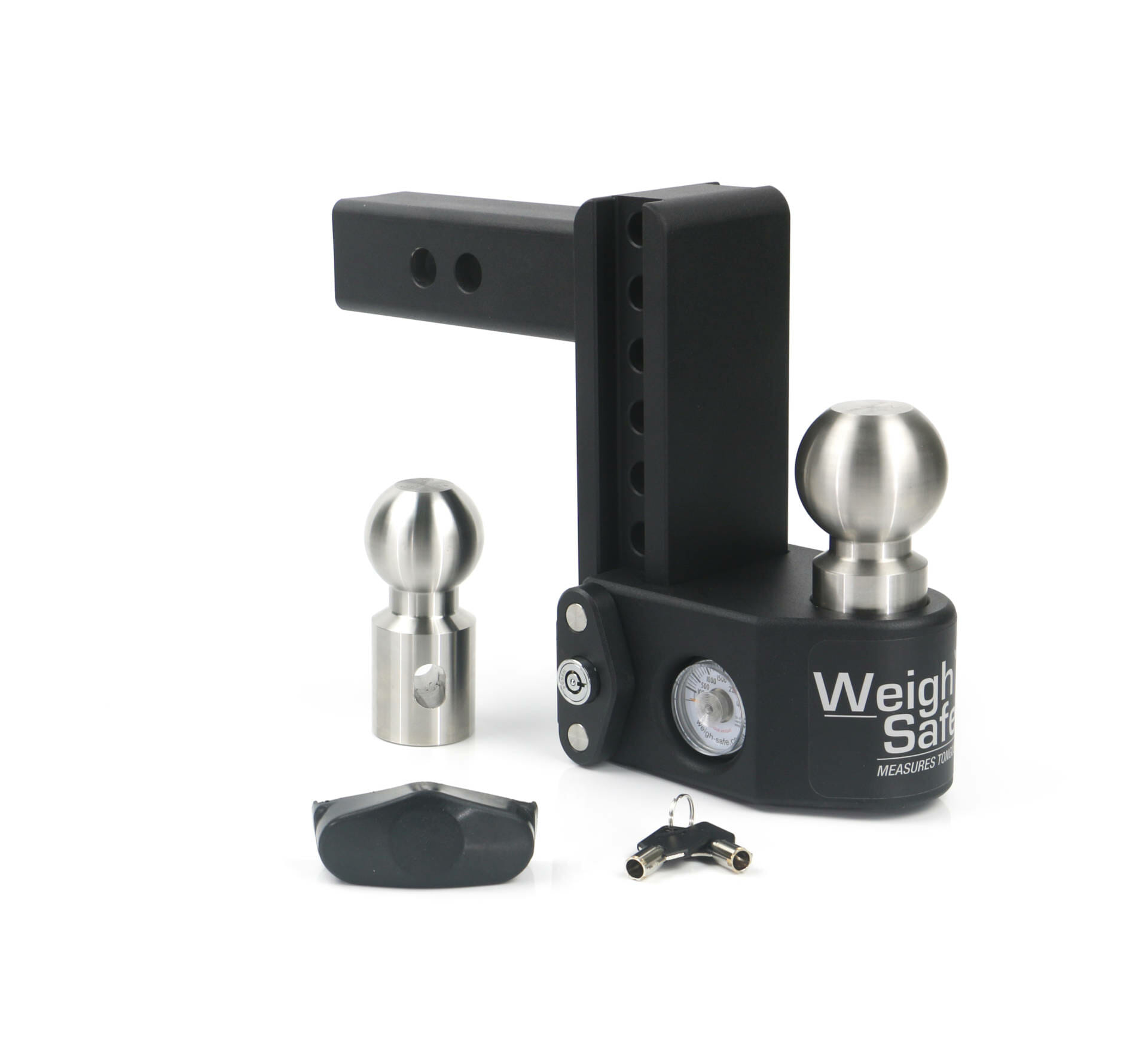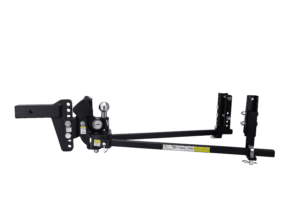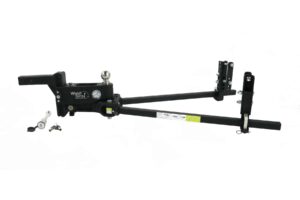Towing Safety
The Power of a Pre-tow Checklist: From Dangerous Risk to Peace of Mind
When it comes to high risk activities, it’s often the heavyweights that get the attention:
Surgery. Sky-diving. Rock Climbing. Scuba Diving. Hunting.
And, YES, completing a pre-activity checklist is vital before participating in a potentially dangerous activity. Without one, you’re putting your own life at risk. But … what about your Pre-Tow Checklist? Towing can be just as dangerous, but is often dismissed as an ordinary, day-to-day task.
Are you overlooking your chance to reduce the dangers of towing by bringing into play the power of a Pre-Tow Checklist?
If you answered yes – – we can fix that.
What is a Pre-Tow Checklist?
The ultimate digital, “Towing Safety Briefing” – your Pre-Tow Checklist – can be found on your Weigh Safe App and conveniently used before each and every tow trip.
The other towing safety checklists you may come across on google will be varied and maybe published by unknown authors…
Which forces you, the visitor, to search and filter through many lengthy articles and (if you’re like most people), hardly skim through the particulars.
Why your Pre-Tow Checklist is so important
Mistakes happen – even (or especially) when setting up your towing equipment. Which means things like tongue weight miscalculations and equipment user-errors are inevitable.
Unfortunately, there is not a towing adviser in your driveway to inspect your tow set-up and point out your mistakes.
BUT. What if we told you that you can use our verified Tow Checklist every time you need to check your tow set-up?? And – big bonus – it’s easily accessed just by clicking the Weigh Safe app on your phone?
What a great Pre-Tow Checklist looks like
A great pre-tow checklist not only helps you prevent mistakes in your trailer connections and cargo loading, it also helps you inspect your towing equipment for regular maintenance.
Not sure what we mean?
Download our Weigh Safe App to find your Tow Checklist:
Our custom Tow Checklist is awesome for 3 main reasons:
- It’s easy to access – you can’t miss the bright red check mark on the app’s main screen, labeled “Checklist”
- The graphics are interactive – so you can mark each item complete, then reset the checklist for your next tow trip
- It’s simple to follow – and outlines the highest towing safety regulations
Which means: you won’t discover that you’ve made a mistake by the time it’s too late.
Instead, you’ll find and fix your mistakes before you hit the road, and venture out with total towing peace of mind.
Complete your Tow Checklist like a pro…
Okay, the first question you must ask is: Am I set up to tow within the capacities of my truck, trailer, and hitch?
Your tow capacity determines the kind of set-up you’ll need for safe towing. If you don’t know what your tow capacities are, now is a great time to check out our Definitive Guide to Safe Towing.
The second question you must ask is: Am I set up to maintain the target tongue weight of my load?
Your target tongue weight determines how you will position and secure your load for safe towing. If you think calculating and measuring your trailer’s tongue weight before you tow is not important, you should read through this article: 7 Risks You Take by Not Measuring Your Trailer’s Tongue Weight.
Once you can confidently answer ‘YES!’ to these two important questions listed above, you’re ready to hitch up your trailer and complete your pre-tow checklist.
The Pre-Tow Checklist:
✅ Trailer Connection
- Verify coupler is latched and locked.
-
-
- Pro tip: Once the coupler is fully seated onto your towball, you’ll need to close the coupler’s latch and lock it with a suitable hitch pin lock.
- Pro tip: Check lock security by pulling up on the trailer; it should not be able to come off the towball.
-
- Verify safety chains are connected.
-
-
- Pro tip: Cross your trailer’s safety chains. Don’t just run them straight. Crossed chains are meant to form a ‘cradle’.
- Example: If the hitch were ever to fail, the tongue of the trailer would fall down into the crossed chains, rather than digging into the pavement.
- Pro tip: Your safety chains should have enough slack to permit sharp turns, but not drag on the road.
-
- Verify power cable(s) are connected.
-
- Pro tip: Inspect the wires by hand; they should be loose enough to permit turns without getting disconnected, but tight enough that they won’t touch the road.
- Prot tip: Avoid running power cables under your coupler or your tow ball to prevent them from damage or from coming unplugged.
- Pro tip: Inspect your wiring socket (power plug) to make sure it is not damaged, frayed or corroded in any way
✅ Load
- Verify tongue weight is within proper range. Standard: 10%-15% GTW, Gooseneck and Fifthwheel: 15%-25%
- Pro tip: Check out this video for guidance on positioning your load.
-
-
- Pro tip: Adjusting your tongue weight involves putting heavier items ahead of the trailer axle, but not all the way towards the extreme forward edge. The goal is to have about 60% of your cargo’s mass ahead of the trailer axle and 40% behind.
-
- Verify hitch drop/rise is yielding a level connection.
- Pro tip: when loaded, both your truck and trailer must be level with the ground. Consider a ball mount that features a draw bar for adjustability.
- Verify weight is evenly distributed on left and right side of trailer.
-
-
- Pro tip: Center heavy items and position them as low to the trailer deck as practical.
-
- Verify distance from the lowest point of your hitch (ball mount) to the ground in not less than 11”.
- Pro tip: Your clearance should be no less than 13 inches when the hitch is unloaded (uncoupled from the trailer) and no less than 11 inches when the hitch is loaded (coupled to the trailer and bearing tongue weight).
- Verify all cargo is adequately secured.
-
- Pro tip: Be sure to secure loose items — particularly the heavier ones — so they can’t move and alter the trailer’s tongue weight underway.
✅ Tires
- Verify truck and trailer tires are correct in type, condition, and air pressure, according to manufacturer recommendations.
- Pro tip: Your truck tires may require higher pressure for towing, as recommended in the owner’s manual.
- Pro tip: Verify that wheel lug nuts on your trailer and truck are tightened to the specified torque.
✅ Lights
- Verify all trailer lights are properly connected and working.
-
- Pro tip: This includes your trailer’s running lights, brake lights, turn signals, and hazard lights.
✅ Trailer Brakes
- If trailer has brakes, verify they are working and adjusted according to load.
- Example: If your trailer is equipped with brakes, you’ll want them set to use a lot of force when towing a heavy load, but when the trailer is empty, the trailer’s brakes need to be readjusted for that lighter weight, so the trailer’s tires aren’t locking up and skidding.
- Verify runaway cable is attached.
-
- Pro tip: If you are attaching a breakaway system, ensure that its cable is connected to your truck (not your safety chains or ball mount) and has just the right amount of slack.
- Example: Too little slack will cause too much tension on the cable. On a tight turn, this could pull your pin out and actuate your trailer brakes, causing your trailer to lock up and slide.
- Example: But, if your cable has more slack than your safety chains, there won’t be enough tension to pull your pin out in an emergency. This will render your breakaway system completely ineffective.
✅ Mirrors
- Verify side-view mirrors provide a clear view that extends to the end of trailer.
-
- Pro tip: If your trailer is wider than your truck, look into getting wide aftermarket tow mirrors to help you see your trailer’s blind spots while driving and to aid rear visibility when backing up.
Conclusion
Complete your pre-tow checklist and you’ll be well on your way to reducing dangerous risk and having total towing peace of mind.
Want to explore more ways of finding total towing peace of mind?
